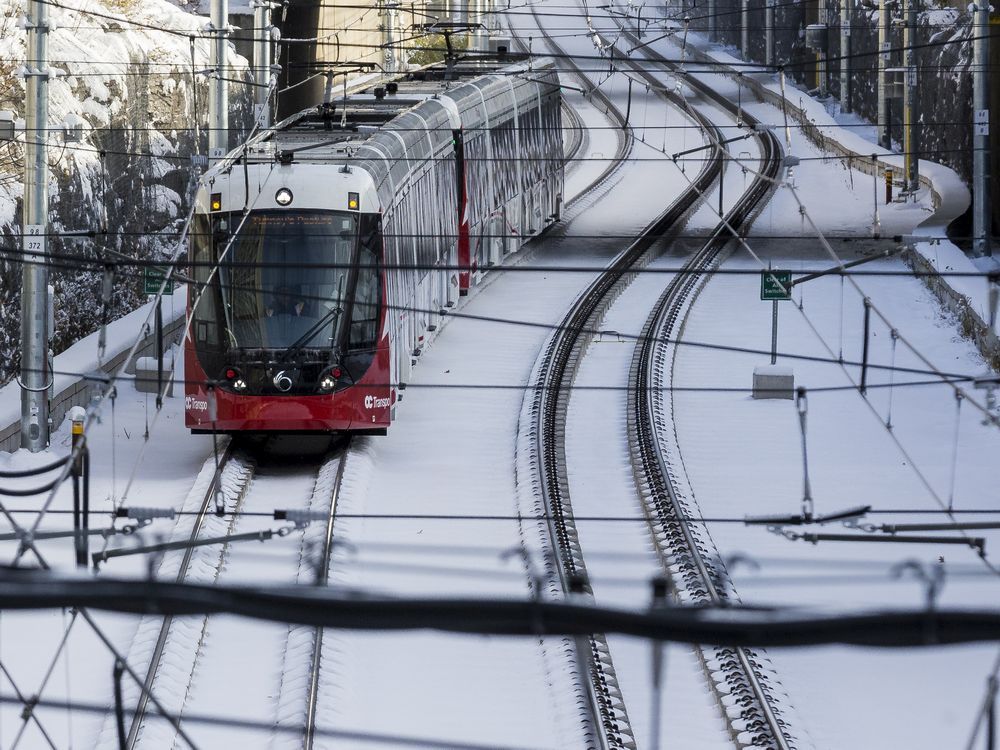2 Citadis trains can carry 600 passengers (or 2.26 passengers per square meter), compared to a 4-Car TR train which can carry 720 passengers (but this isn't a true crush-load number, it's actually closer to 800+), or 2.25 passengers per square meter. Assuming they run at the same frequencies, the TR carries 20% more. However, a fixed block signal system can get frequencies up to about 26 trains per hour, or capacity of 18,720 PPHPD, compared to the 12.5K PPHPD on the Confederation Line. This is just with fixed block signalling, with ATP, the capacities of the subway up to 25.2K PPHPD. Remember, train capacity isn't everything. Door spacing, dwell times, and frequency of service play a huge role. Ottawa lost all these benefits by going with low floor narrow stock (though admittedly, their tunnels were narrower, so they may have saved some money there).





